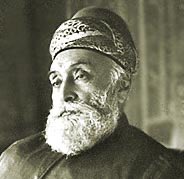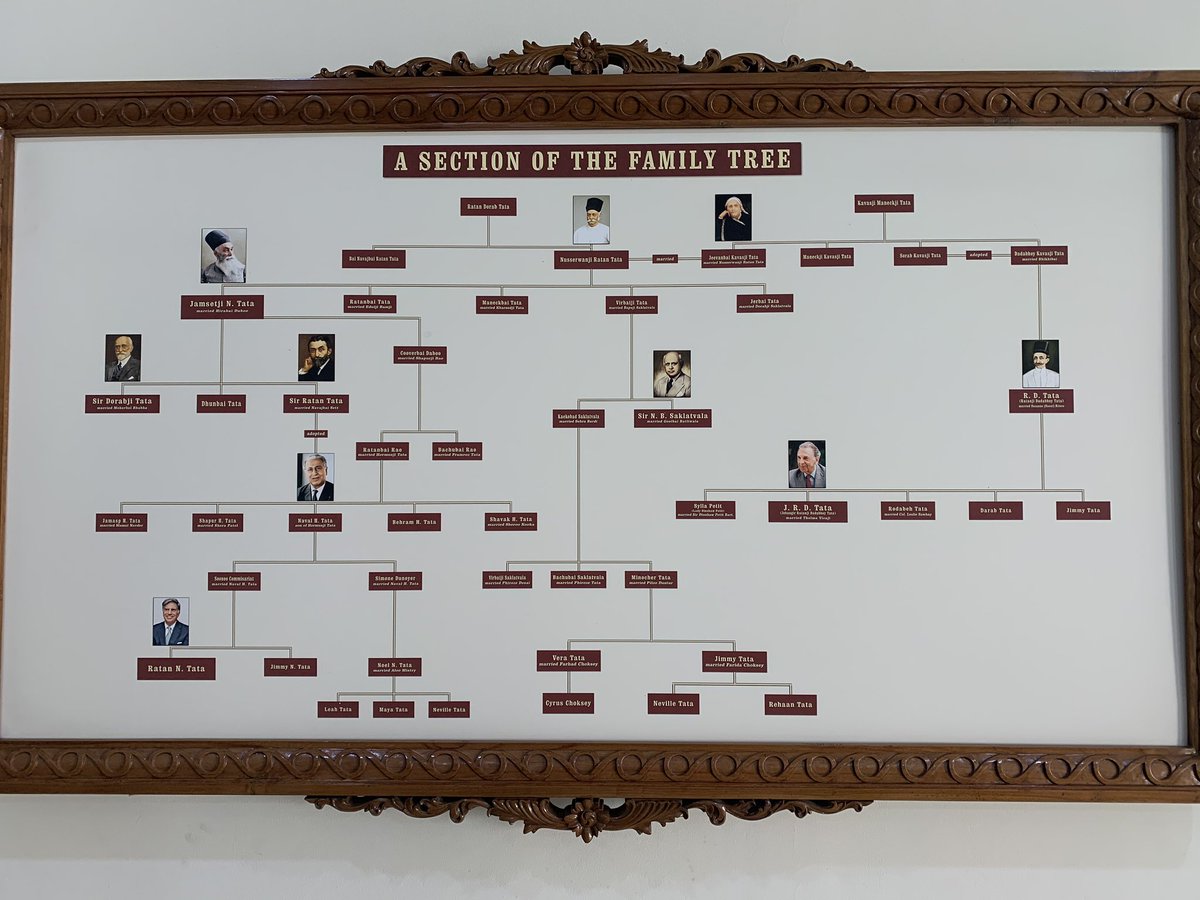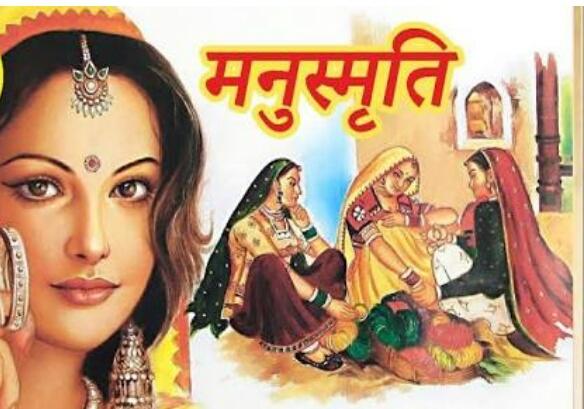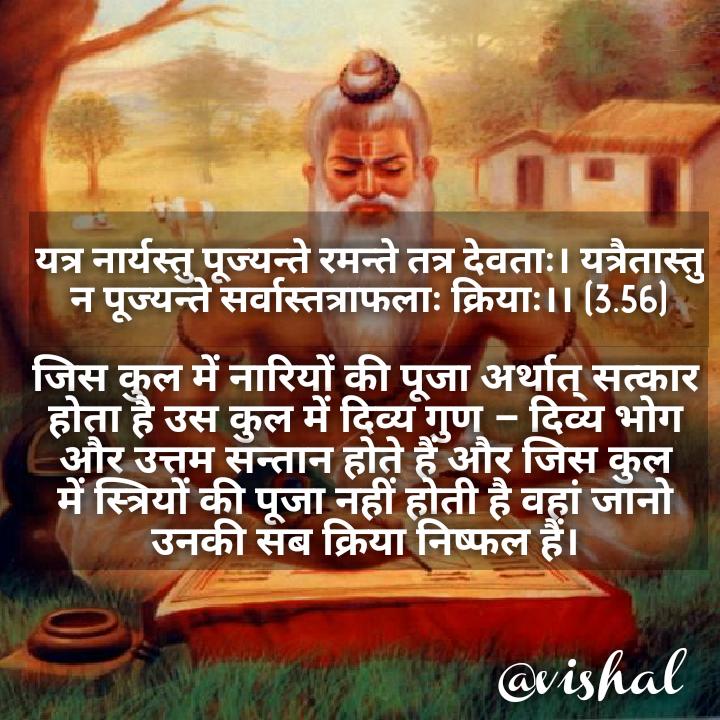A thread on spiritual healing and exorcism
Justified by traditions that related Muhammad’s own use of the Qu’ran to heal and protect.
This is called ruqyah
Done before bed to protect from the intrusion of the djinn and to keep safe from evil
The water is then drunk while saying bismillah
A common home protection is the writing out of the “four quls” meaning Surah Kafirun, Ikhlas, Falaq, and Nas often written stylistically emphasizing the “Qul”
These are then hung on the body or in the home
Some approaches involve forceful negotiation and even trying to convert the djinn. The creature is identified and asked why it’s doing what it’s doing
Getting a djinn to recite the shahada seeks to covert them to Islam
For example one protective charm involves gathering 99 beans and reciting Ayatul Kursi on each one individually
Some say it forces the djinn to stop and count each one and therefore they are kept from entering the home
The tradition continued and was islamized
For example the reputed cure for nausea is a mixture of salt and mint, over which Ayatul Kursi was recited
Combining prayer and Hellenic medicine









